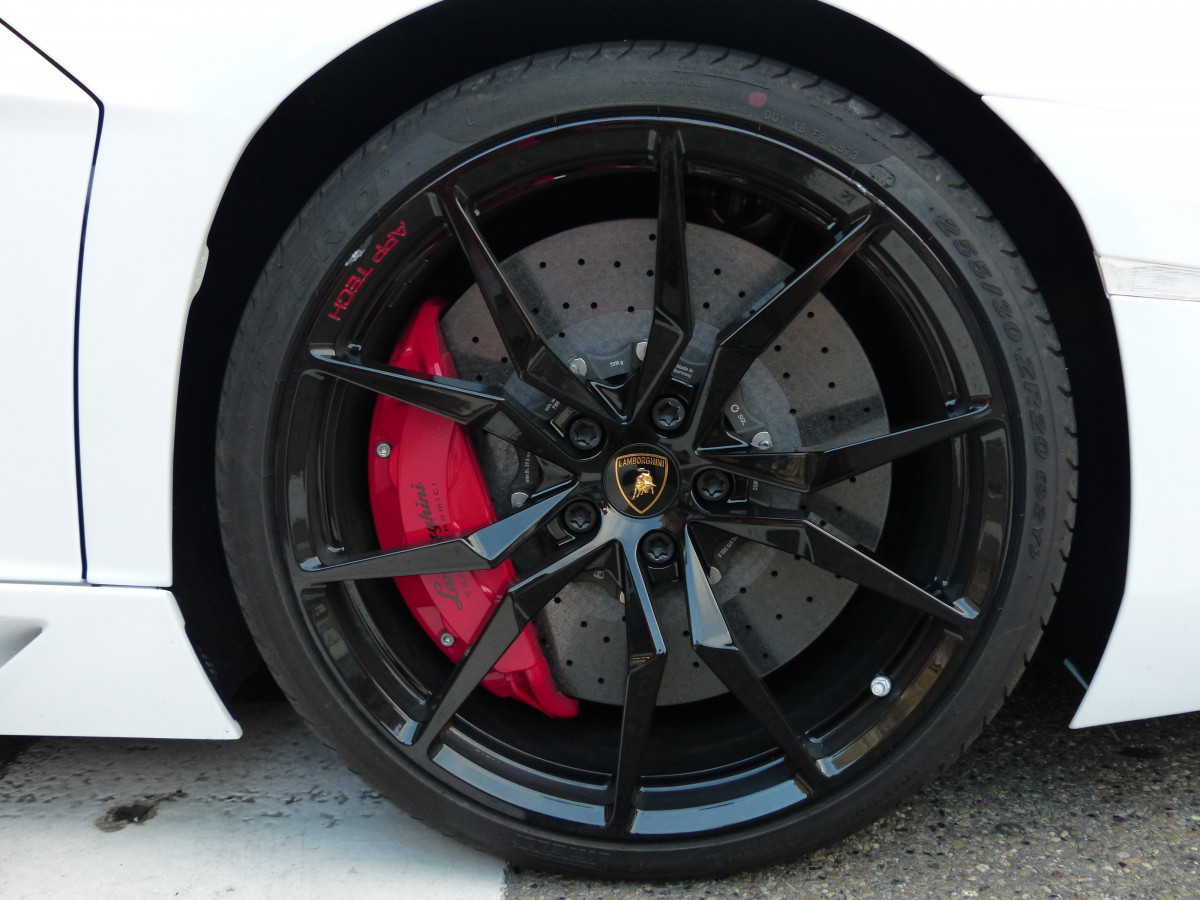The principle of the master cylinder was invented in the 1930s. It is one of the main elements of a vehicle’s braking system, of which there can be two types.
But what is it used for? This post will focus on everything you need to know about the master cylinder.
Purpose of the master cylinder
The master cylinder transforms the driver’s effort on the brake pedal into hydraulic pressure:
– The hydraulic pressure supplied by the master cylinder is transmitted to the front and rear wheels of the vehicle through rigid and flexible pipes (brake hoses).
– It supplies various brake systems such as disc brakes or drum brakes.
Single circuit master cylinder with expansion hole
It consists of a compensation reservoir fixed on a cast iron body in which a piston with a sealing cup moves. This system operates with a single circuit for the different wheels.
Given the evolution of vehicles in terms of safety and performance, the single master cylinder is only found on older cars.
Double circuit tandem master cylinder
It consists of a compensation reservoir fixed on a cast iron body where two pistons with sealing cups move. During braking, the two pistons move:
– The first is directly controlled by the push rod (brake pedal). This is called the primary circuit.
– The second piston is controlled by a spring, and the first piston generates the hydraulic pressure. This is the secondary circuit.
The sealing cups block the expansion holes, and the hydraulic pressure rises in both circuits.
Note: The expansion holes compensate for temperature-related changes in brake fluid volume.
Master cylinder: brake fluid leak
Brake fluid leakage is not always visible because it is located at the back of the master cylinder. Disassembly is often necessary to check for leaks.
Leak in the primary circuit
In this case, only the primary piston advances to the stop:
– This causes a mechanical control problem for the secondary piston.
– There is normal pressure in the secondary circuit. However, there is no pressure in the primary circuit.
– The braking is then less effective, and the pedal stroke is longer.
Brake fluid leakage: in the secondary circuit

The two pistons move forward, but there is no pressure behind the two pistons:
– The secondary piston reaches its mechanical stop. There is no pressure in this circuit.
– The primary piston continues to advance, and the pressure rises in the primary circuit.
The braking is less efficient, the pedal stroke is longer. Braking causes the brake fluid to heat up. This heating forms condensation and, therefore, water.
Water also contains oxygen, and when mixed with the brake fluid, it impacts the proper functioning of the brakes. This water will create corrosion that will deteriorate the brake system components over time.
Good to know: the master cylinder, as well as the various components of the braking system (brake calipers, wheel cylinders, flexible and rigid pipes, ABS block), need water-free brake fluid.
Manufacturers recommend regular brake fluid checks and replacement every two years. This maintenance allows for keeping optimal braking of the vehicle throughout its life.
How much does a master cylinder cost?
The price of a master cylinder varies between $130 and $400 depending on the vehicle’s make.
The replacement time is about 1 to 2 hours, depending on the vehicle model and the difficulty of disassembling it. Indeed, on some vehicles, especially minivans, the master cylinder is not very accessible and requires the removal of various accessories.
Hope you have found this post informative. Remember to share your thoughts in the comments below.

